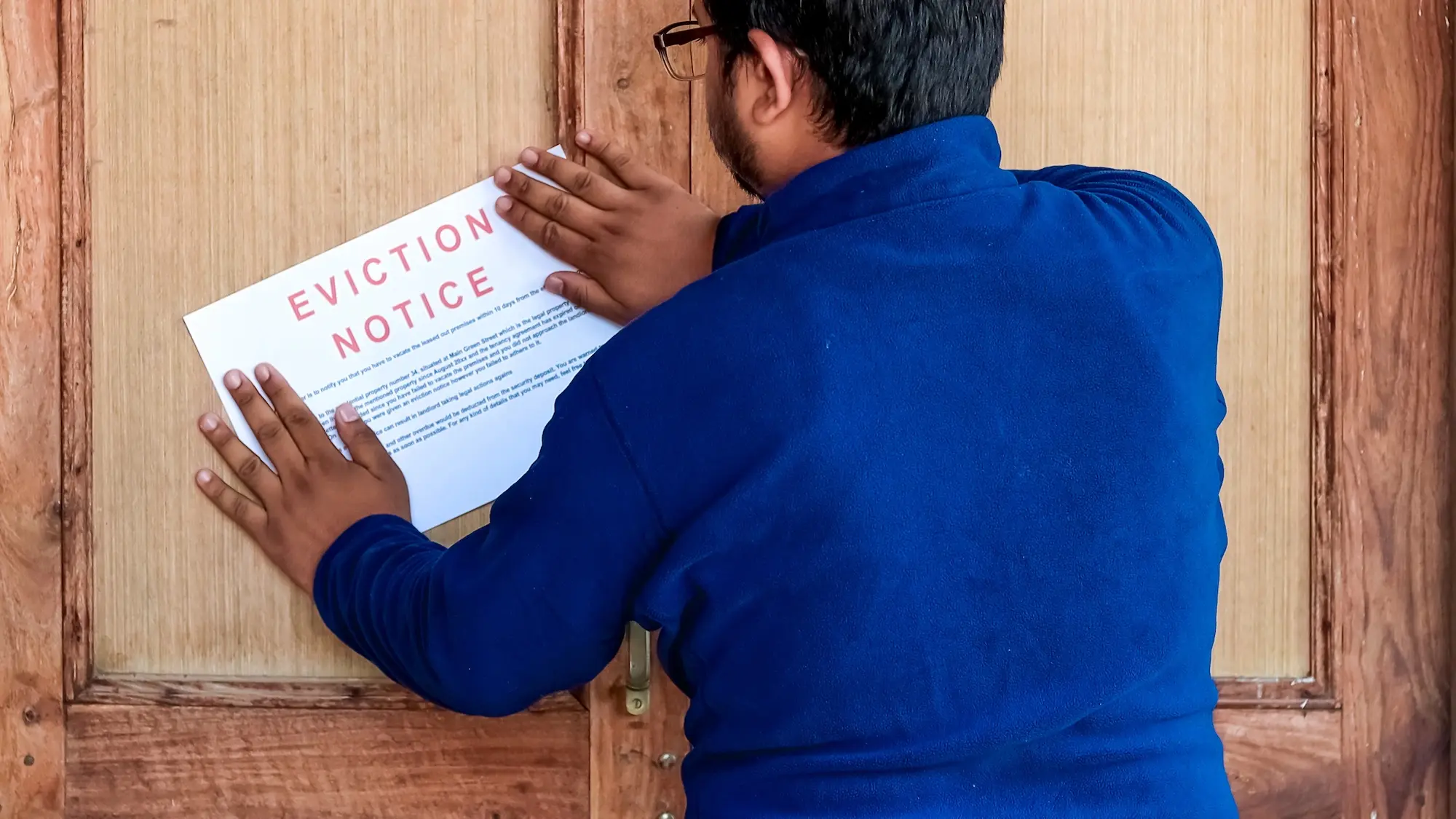Rent is often the most significant monthly expense. Yet, many renters don't question it, missing out on potential savings that could enhance their quality of life. Fortunately, negotiating rent isn't just for real estate pros. This guide offers practical strategies to help you approach your landlord and improve your chances of success.
Key Takeaways
- Research comparable rentals in your area to establish market value before negotiating
- Time your negotiation strategically (winter months and end-of-month are best)
- Highlight your value as a tenant with proof of reliability and stability
- Offer incentives like longer leases or upfront payments to motivate landlords
- Always get negotiated terms in writing to protect your agreement
1. Use Market Data to Justify Lower Rent
Before approaching your landlord about lowering your rent, you must arm yourself with data. Negotiation without research is like going into battle unarmed, and you're unlikely to succeed.
Finding comparable rental prices in your neighborhood
Research similar properties nearby using rental platforms RentalSource, Zillow, or Rent.com. Compare units with similar square footage and amenities, noting their asking prices, especially those in your area or building.
When searching for a rental, remember that advertised prices often have some room for negotiation. Find out what people pay by talking to neighbors or checking with local rental associations. Some cities even maintain public databases of rent data, like NYC Housing Connect.
Understanding vacancy rates and how they affect negotiation power
Vacancy rates indicate your negotiation leverage. High vacancy rates (above 7%) mean landlords are more willing to negotiate, while low rates (below 3%) reduce their incentive. You can find vacancy rate information through the U.S. Census Bureau Rental Vacancy Rates, local real estate associations, property management companies, and municipal housing departments to help set realistic negotiation expectations.
Identifying property-specific issues that justify lower rent
Every property has imperfections that can strengthen your negotiation position. Document any maintenance issues, outdated features, or inconveniences that affect your quality of life, like aging appliances or persistent noise from nearby construction. Take photos of any problems and keep a log of maintenance requests. Approach this documentation factually rather than emotionally. You're building a business case for a rent adjustment, not complaining.
2. Negotiate at the Right Time for Maximum Savings
Timing is crucial when negotiating rent. The same request can yield dramatically different results at different times during the year.
Why winter months offer better negotiation opportunities
The rental market has seasonal patterns that savvy renters can use. Demand drops due to cold weather and holidays from November to February, giving renters stronger negotiating power. During these months, landlords experience extended vacancy periods and may prefer to accept lower rents for consistent income rather than risk prolonged vacancies.
Pro tip: Negotiate in late January or February when rental demand is at its absolute lowest.
End-of-month timing strategies that motivate landlords
Timing within the month is crucial when approaching landlords. Contacting them toward the end of the month can lead to better outcomes, as they're finalizing accounting and feeling the pressure of vacancies. As the month's end nears, the concern over lost rental income increases for property owners with empty units.
Lease renewal timing: when to start the conversation
The best time to negotiate for existing tenants is 60-90 days before your lease expires, allowing for ample discussion, and is when landlords are most concerned about turnover but have not yet begun marketing the unit.
Starting too soon gives landlords less incentive to negotiate, while waiting too long may lead to rent hikes. Consider proposing an odd-length lease (like 8 or 15 months) to time your next renewal during a quieter period, making negotiations more straightforward.
Factor in local cycles in college towns, and avoid negotiating just before a new semester due to high student demand. Instead, negotiate after the semester starts when landlords may be more flexible about leftover vacancies.
3. Show You're a Tenant Worth Keeping
Remember that landlords aren't just renting out property. They're selecting business partners, so positioning yourself as a valuable, low-risk tenant can be as persuasive as market data in rent negotiations.
Documenting your perfect payment history
A strong rental payment history communicates reliability to landlords. Gather documentation like bank statements or canceled checks to support your case. Current tenants can emphasize their record by stating, "I've made 24 consecutive on-time payments." Prospective tenants should request a confirmation letter from their previous landlord to verify their payment history.
Showcasing your stability and reliability
Landlords prioritize stability beyond just payment history. Long-term employment, steady income, and previous longer tenancies indicate you are a reliable renter. Create a one-page "tenant resume" highlighting your employment duration, income stability, and past tenancy length. If you work remotely or have a flexible schedule that enables you to monitor the property, include that as an added benefit.
Pro tip: Prepare a one-page "Tenant Resume" highlighting your payment history, employment, and references to leave with the landlord.
Gathering references and recommendations
Third-party endorsements are essential in negotiations. Gather references from previous landlords highlighting your property care, neighborliness, and reliability. Additionally, character references from employers, colleagues, or community leaders can enhance your position, especially if you're a first-time renter or have a limited rental history.
4. Make the Ask Like a Pro: What to Request & How
Effectively framing your rent negotiation can significantly improve your success rate. A structured approach reflects professionalism and increases the chances of a positive response.
Setting your target rent reduction amount
Before making your request, set a realistic target based on research. A 3-8% reduction is reasonable, varying by local conditions, and for a $1,500 monthly rent, saving about $45-$120 per month, which adds up without being too aggressive.
Establish three key numbers:
- Your ideal outcome (what you'd love)
- Your target (what's realistic)
- Your walk-away point (minimum reduction worth negotiating)
Framing your request professionally
When requesting a rent adjustment, aim for a win-win scenario. Use "I" statements to frame your request: "I'd like to discuss a rent adjustment that would support a longer tenancy, ensuring you a stable income." Be specific in your proposal: "Based on my research and payment history, I'd like to discuss reducing the rent from $1,500 to $1,400.", which gives the landlord a clear proposal to consider.
Using the "bracket" technique for negotiation
The bracket technique is a negotiation strategy where you ask for more than you want, allowing room to "compromise" while reaching your target. For example, if you want a $100 reduction, you might ask for $150 off. When the landlord counters with $50 off, you can suggest a compromise at $100.
5. Sweeten the Deal with Lease, Prepay, or Upgrades
To negotiate lower rent effectively, consider offering something valuable in return, which can turn your request into an appealing business proposition.
Extended lease terms as negotiation leverage
Offering a longer lease commitment, such as 18 or 24 months instead of the typical 12, can be a powerful incentive for landlords. They provide stability and reduce turnover costs, including advertising, screening, and vacancy periods. By committing to a longer term, you help the landlord avoid these expenses. Be clear in your proposal: "If you lower the rent by $75, I'll sign an 18-month lease."
Prepayment options that landlords value
Cash flow is vital for many landlords, particularly independent owners with mortgages. Prepaying rent, whether for a few months or the entire lease term, can be appealing and warrant a substantial discount. For a reduced rate, consider offering to pay quarterly instead of monthly, and paying six months to a year upfront may secure discounts of 5-10%.
Pro tip: If you offer to prepay several months' rent, get the discount in writing before transferring funds.
Taking on property responsibilities or improvements
A practical approach is to take on specific property responsibilities usually handled by the landlord, like basic landscaping or minor maintenance. Additionally, you might suggest a "rent-for-work" arrangement, offering to upgrade the property in exchange for reduced rent, which can be especially appealing to individual landlords who may lack the time or skills for these tasks.
6. Respond Confidently to Landlord Pushback
Even with perfect preparation, you'll likely face some resistance when negotiating rent. How you respond to landlord objections often determines whether you succeed or fail.
Typical landlord pushback and how to respond
Landlords often use standard objections during negotiations. Being prepared with responses can help.
- "Market rate" objection: counter by citing your research - "I understand, but I found similar units nearby renting for $100 less."
- "Other tenants" objection: highlight your value - "I see your point, but my perfect payment history and the improvements I've made make me a valuable tenant."
- "Policy" objection: acknowledge it while suggesting alternatives - "I respect your policies. Could we explore other options, like a longer lease or taking on maintenance tasks?"
When and how to use a counteroffer effectively
When landlords reject your proposal but are open to discussion, a solid counteroffer can keep negotiations going. Aim for a compromise that addresses their concerns while offering savings. If they don't lower the rent, suggest adjusting other terms: "If $100 off isn't possible, would you consider keeping the rent the same but including utilities or parking in the monthly payment?"
Planning and practicing your approach
Before meeting your landlord, prepare your pitch by knowing what you want and why it's reasonable. Practice with a friend to feel more comfortable. Have the conversation in person or over the phone for more transparent communication, which helps build rapport and allows you to gauge reactions better.
7. Get It in Writing & Finalize the Agreement
After negotiating, it's essential to document your agreement. Verbal rent terms can lead to misunderstandings later.
Essential elements to include in your written agreement
Once you've agreed on new rent terms, ensure they're documented in a revised lease or a signed addendum that both you and the landlord have copies of. The agreement should clearly state the rent amount, lease duration, and any conditions, including responsibilities or improvements. Use precise language with specific dates and amounts to avoid future issues with vague terms like "reduced rate."
Following up after verbal agreements
After concluding a successful negotiation conversation, send a friendly email recap to your landlord: "Thanks for our conversation today! To confirm, we agreed on a rent of $1,200 per month for the 12-month lease starting June 1. I look forward to the updated lease.". This confirmation creates a written record of what was agreed upon while waiting for formal documentation.
Having a backup plan
During negotiations, know your limits and alternatives. Set a walk-away point and maximum rent. Be ready to explore other options if the terms aren't favorable. Your willingness to consider alternatives can be a substantial leverage.
Conclusion
Negotiating rent can save you money and enhance your financial stability. Research comparable properties, choose the right timing, demonstrate your value as a tenant, and consider offering incentives. Approach negotiations as a business proposition, and remember to get agreements in writing. Even if you don't succeed, you'll gain confidence and better data for future negotiations. Start the conversation. You might be surprised by the outcome.
For more tips, see our First-Time Renter's Checklist.









